Psoriasis under the nail. Nail Psoriasis: Understanding Causes, Symptoms, and Effective Treatments
What are the common symptoms of nail psoriasis. How is nail psoriasis diagnosed. What are the most effective treatments for nail psoriasis. Can nail psoriasis be prevented. How does nail psoriasis differ from other nail conditions.
Understanding Nail Psoriasis: A Comprehensive Overview
Nail psoriasis is a manifestation of psoriasis that affects the fingernails and toenails. It occurs in about 50% of people with psoriasis and can cause significant discomfort and cosmetic concerns. Nail psoriasis can occur independently or in conjunction with skin psoriasis, and its severity can vary greatly among individuals.
The condition is characterized by changes in nail appearance and structure, often leading to discoloration, thickening, and separation of the nail from the nail bed. These changes can make daily activities challenging and impact a person’s quality of life.
Key Features of Nail Psoriasis
- Pitting: Small depressions on the nail surface
- Onycholysis: Separation of the nail from the nail bed
- Subungual hyperkeratosis: Buildup of chalky material under the nail
- Oil drop or salmon patch: Reddish-brown discoloration under the nail
- Splinter hemorrhages: Thin, vertical lines of blood under the nail
Causes and Risk Factors of Nail Psoriasis
The exact cause of nail psoriasis remains unclear, but it is believed to be related to an overactive immune system, similar to other forms of psoriasis. Genetic predisposition plays a significant role, with certain genes increasing the likelihood of developing the condition.

Is nail psoriasis hereditary? While having a family history of psoriasis increases the risk, it doesn’t guarantee that an individual will develop the condition. Environmental factors and lifestyle choices can also influence the onset and severity of nail psoriasis.
Common Triggers for Nail Psoriasis
- Stress
- Injuries to the nail or surrounding skin
- Infections
- Certain medications
- Cold, dry weather
- Excessive alcohol consumption
- Smoking
Diagnosing Nail Psoriasis: Methods and Challenges
Diagnosing nail psoriasis can be challenging, as its symptoms may resemble other nail conditions. Dermatologists typically rely on a combination of visual examination, patient history, and sometimes additional tests to make an accurate diagnosis.
Are there specific tests for nail psoriasis? While there is no definitive test, dermatologists may perform a nail biopsy or use dermoscopy (a non-invasive imaging technique) to examine the nail more closely. In some cases, fungal cultures may be necessary to rule out nail fungus, which can coexist with or mimic nail psoriasis.

Differential Diagnosis
Distinguishing nail psoriasis from other conditions is crucial for proper treatment. Some conditions that may be confused with nail psoriasis include:
- Onychomycosis (fungal nail infection)
- Lichen planus
- Alopecia areata affecting the nails
- Reactive arthritis
- Darier’s disease
Treatment Options for Nail Psoriasis: From Topical to Systemic
Managing nail psoriasis often requires a multifaceted approach, combining various treatment modalities to address both symptoms and underlying causes. The choice of treatment depends on the severity of the condition, the extent of nail involvement, and the presence of psoriasis on other parts of the body.
Topical Treatments
Topical treatments are often the first line of defense against mild to moderate nail psoriasis. These include:
- Corticosteroids: Reduce inflammation and slow cell turnover
- Vitamin D analogues: Help normalize cell growth
- Tazarotene: A retinoid that can improve nail appearance
- Calcineurin inhibitors: Suppress immune response in the affected area
How effective are topical treatments for nail psoriasis? While topical treatments can be beneficial, their effectiveness may be limited due to the difficulty in penetrating the nail plate. Occlusion techniques or specialized nail lacquers containing active ingredients can improve absorption and efficacy.

Intralesional Treatments
For more severe cases or when topical treatments prove insufficient, intralesional injections may be recommended. These typically involve corticosteroids injected directly into the nail matrix or nail bed.
Systemic Treatments
Systemic treatments are reserved for severe cases or when nail psoriasis is part of more widespread psoriasis. These include:
- Oral medications: Methotrexate, cyclosporine, or apremilast
- Biologic therapies: TNF-alpha inhibitors, IL-17 inhibitors, or IL-23 inhibitors
Do systemic treatments have side effects? Yes, systemic treatments can have significant side effects and require careful monitoring by a healthcare professional. The benefits and risks should be thoroughly discussed before initiating these treatments.
Phototherapy and Other Advanced Treatments for Nail Psoriasis
In addition to topical and systemic treatments, several advanced therapies show promise in managing nail psoriasis. These options are particularly valuable for patients who have not responded well to conventional treatments or those seeking alternatives to systemic medications.
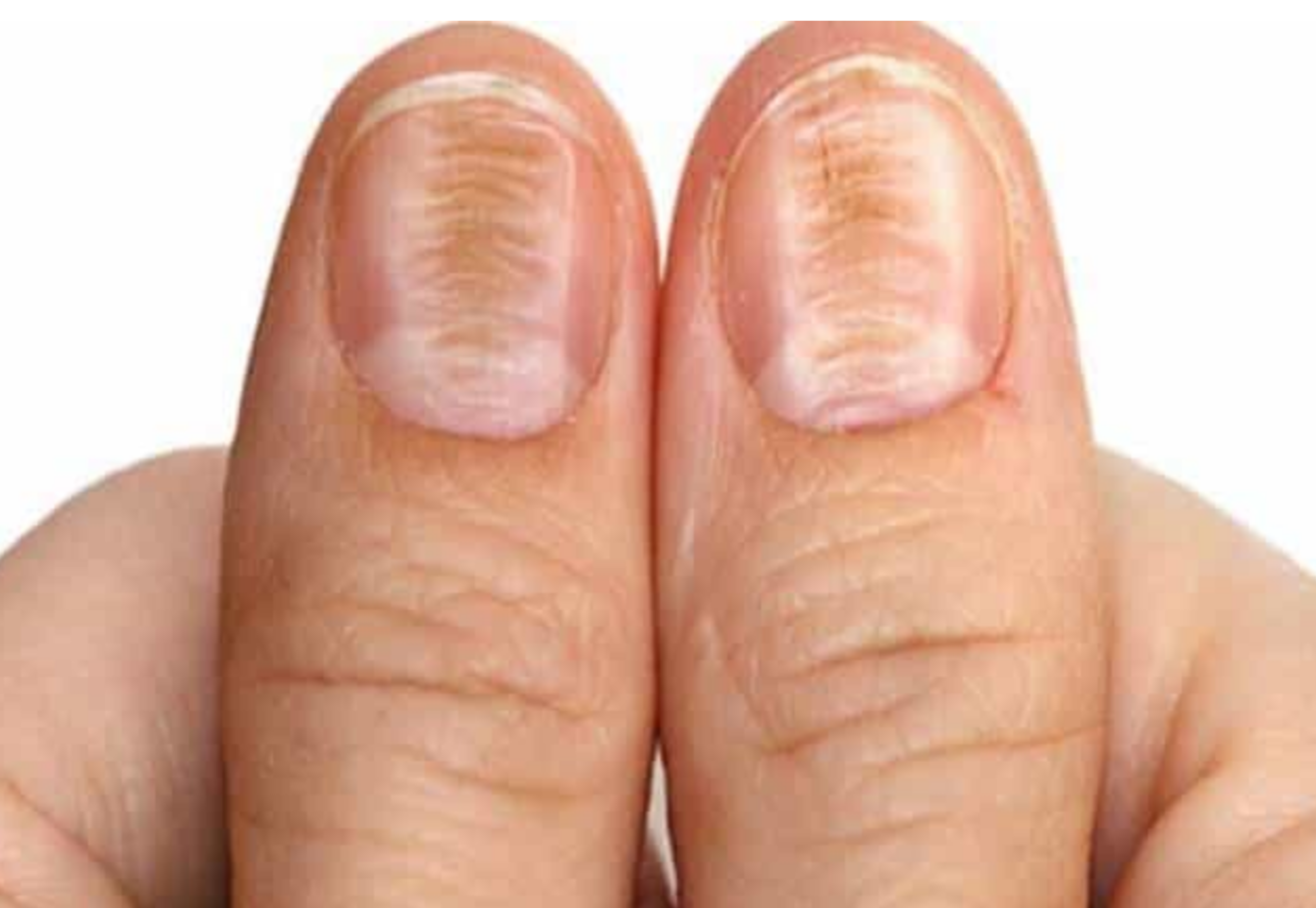
Phototherapy
Phototherapy, particularly narrowband UVB and PUVA (psoralen plus ultraviolet A), has shown efficacy in treating nail psoriasis. This treatment involves exposing the affected nails to controlled amounts of ultraviolet light, which can help reduce inflammation and slow down the abnormal growth of skin cells.
How often should phototherapy be performed for nail psoriasis? The frequency of phototherapy sessions typically ranges from 2-3 times per week for several weeks or months. The exact schedule depends on the individual’s response to treatment and the specific protocol used.
Laser Therapy
Emerging evidence suggests that certain laser treatments, such as the pulsed dye laser and the excimer laser, may be effective in treating nail psoriasis. These targeted therapies can help improve nail appearance and reduce symptoms with minimal side effects.
Nail Surgery
In severe cases where conservative treatments have failed, nail surgery may be considered. This can involve partial or complete nail removal, followed by topical or intralesional treatments to prevent regrowth of affected nail tissue.

Lifestyle Modifications and Home Remedies for Nail Psoriasis
While medical treatments are essential for managing nail psoriasis, lifestyle modifications and home remedies can play a crucial role in alleviating symptoms and preventing flare-ups. These approaches can complement professional treatments and help improve overall nail health.
Nail Care Tips
- Keep nails short and filed to prevent injury
- Moisturize nails and cuticles regularly
- Avoid picking or manipulating affected nails
- Wear protective gloves when working with water or harsh chemicals
- Use gentle nail care products free from irritants
Can dietary changes help manage nail psoriasis? While no specific diet has been proven to cure nail psoriasis, some individuals report improvements with anti-inflammatory diets. Consuming foods rich in omega-3 fatty acids, antioxidants, and maintaining a healthy weight may help reduce inflammation and improve overall skin health.
Stress Management
Since stress is a known trigger for psoriasis flares, incorporating stress-reduction techniques can be beneficial. Consider practices such as:

- Meditation and mindfulness exercises
- Regular physical activity
- Adequate sleep and relaxation
- Cognitive-behavioral therapy
- Support groups for individuals with psoriasis
The Psychological Impact of Nail Psoriasis and Coping Strategies
Nail psoriasis can have a significant psychological impact on those affected, often leading to decreased self-esteem, social anxiety, and reduced quality of life. The visible nature of nail changes can cause embarrassment and affect personal and professional relationships.
How can individuals cope with the emotional challenges of nail psoriasis? Developing a strong support system, seeking professional counseling, and connecting with others who have similar experiences can be invaluable. Additionally, focusing on treatment adherence and celebrating small improvements can help maintain a positive outlook.
Building Resilience
Developing resilience is crucial for long-term management of nail psoriasis. This involves:
- Educating oneself about the condition
- Setting realistic expectations for treatment outcomes
- Practicing self-compassion
- Engaging in activities that boost self-confidence
- Advocating for oneself in healthcare settings
Future Directions in Nail Psoriasis Research and Treatment
The field of nail psoriasis research is rapidly evolving, with ongoing studies exploring new treatment modalities and improving our understanding of the condition’s pathogenesis. These advancements hold promise for more effective and targeted therapies in the future.
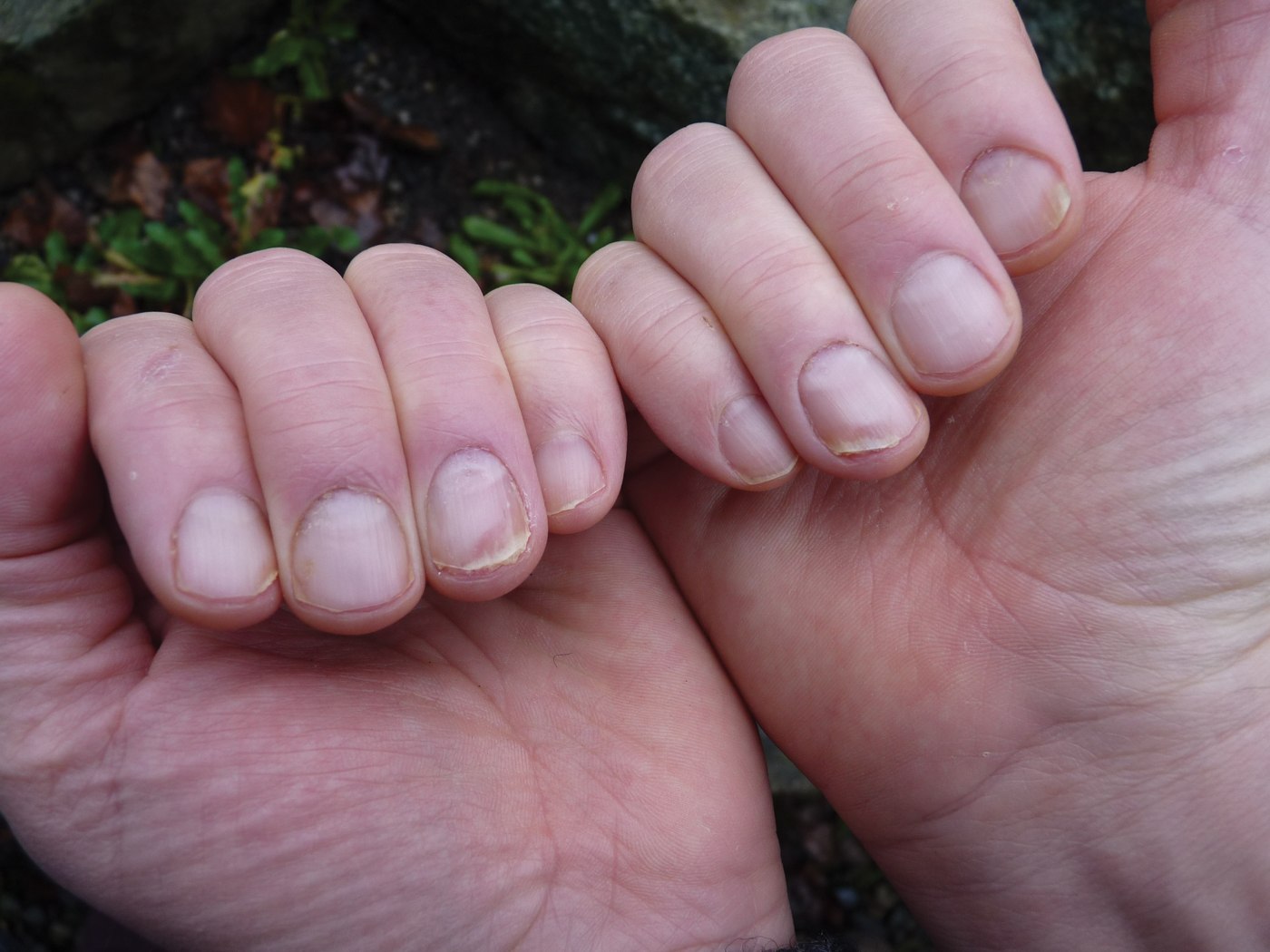
Emerging Therapies
Several new treatments are currently under investigation or in early stages of clinical use:
- JAK inhibitors: Oral medications that target specific inflammatory pathways
- IL-36 inhibitors: Biologics that may be particularly effective for pustular forms of psoriasis
- Nanotechnology-based treatments: Enhancing drug delivery to the nail unit
- Gene therapy: Targeting specific genetic factors involved in psoriasis
Will these new treatments be more effective than current options? While it’s too early to say definitively, early results from clinical trials are promising. These emerging therapies may offer improved efficacy, fewer side effects, or more convenient administration methods compared to existing treatments.
Personalized Medicine
The future of nail psoriasis treatment is likely to involve more personalized approaches, tailoring therapies to individual genetic profiles and specific disease characteristics. This may include:
- Biomarker-guided treatment selection
- Combination therapies optimized for individual patients
- Predictive models to anticipate treatment responses
- Integration of artificial intelligence in diagnosis and treatment planning
As research progresses, individuals with nail psoriasis can look forward to an expanding array of treatment options and a more nuanced understanding of their condition. Staying informed about these developments and maintaining open communication with healthcare providers will be key to benefiting from future advancements in nail psoriasis care.
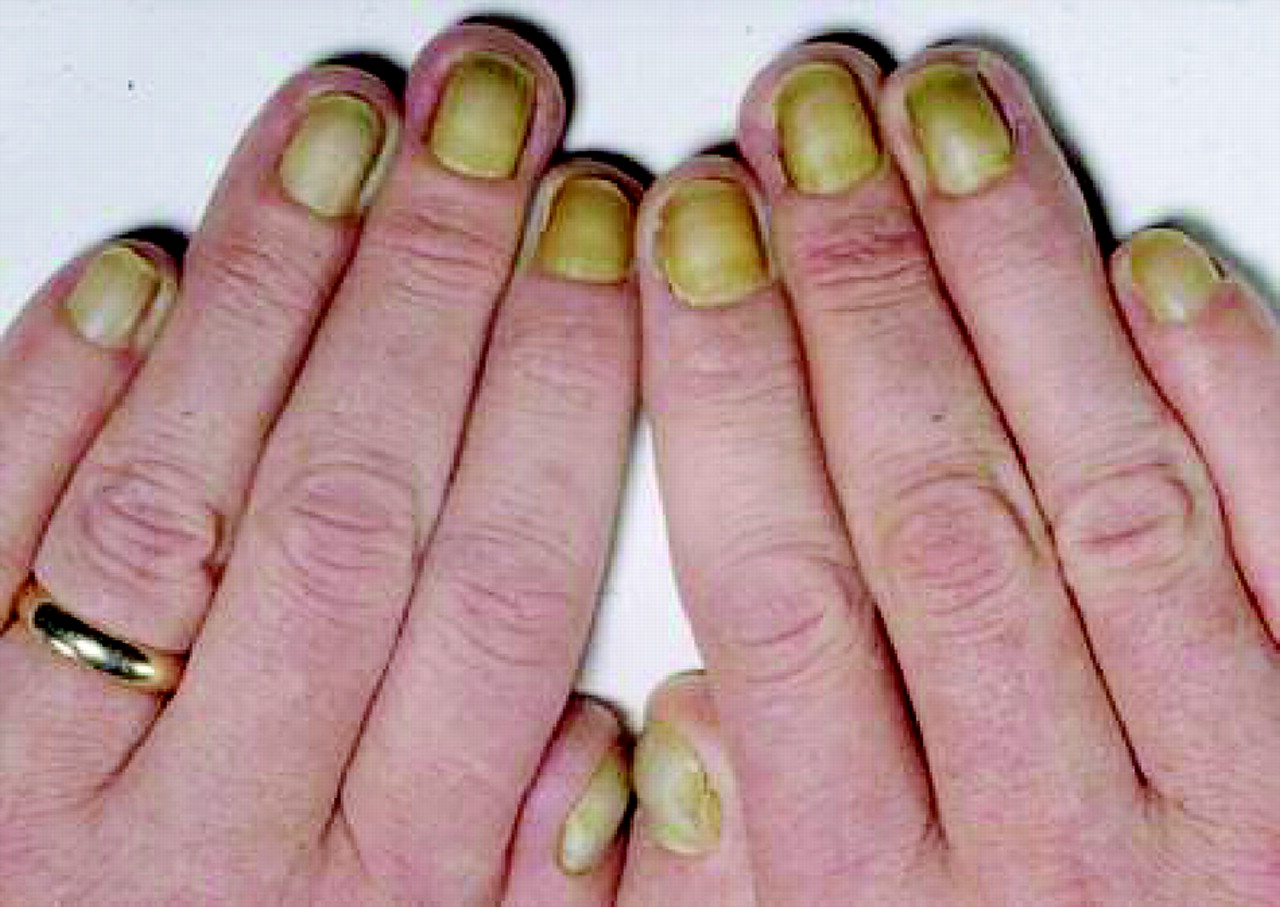
What is nail psoriasis, and how can I treat it?
Diseases & conditions
-
Coronavirus Resource Center
-
Acne
-
Eczema
-
Hair loss
-
Psoriasis
-
Rosacea
-
Skin cancer
-
A to Z diseases
-
A to Z videos
- DIY acne treatment
- How dermatologists treat
- Skin care: Acne-prone skin
- Causes
- Is it really acne?
- Types & treatments
- Childhood eczema
- Adult eczema
- Insider secrets
- Types of hair loss
- Treatment for hair loss
- Causes of hair loss
- Hair care matters
- Insider secrets
- What is psoriasis
- Diagnosis & treatment
- Skin, hair & nail care
- Triggers
- Insider secrets
- What is rosacea
- Treatment
- Skin care & triggers
- Insider secrets
- Types and treatment
- Find skin cancer
- Prevent skin cancer
- Raise awareness
- Español
Featured
How Natalie cleared her adult acne
Natalie tried many acne products without success. Find out how a board-certified dermatologist helped Natalie see clear skin before her wedding.
Find out how a board-certified dermatologist helped Natalie see clear skin before her wedding.
JAK inhibitors: A newer type of medication
JAK inhibitors are helping patients with alopecia areata, eczema/atopic dermatitis, psoriasis, and vitiligo. Here’s what you need to know.
Everyday care
-
Skin care basics
-
Skin care secrets
-
Injured skin
-
Itchy skin
-
Sun protection
-
Hair & scalp care
-
Nail care secrets
- Basic skin care
- Dry, oily skin
- Hair removal
- Tattoos and piercings
- Anti-aging skin care
- For your face
- For your skin routine
- Preventing skin problems
- Bites & stings
- Burns, cuts, & other wounds
- Itch relief
- Poison ivy, oak & sumac
- Rashes
- Shade, clothing, and sunscreen
- Sun damage and your skin
- Aprenda a proteger su piel del sol
- Your hair
- Your scalp
- Nail care basics
- Manicures & pedicures
Featured
Practice Safe Sun
Everyone’s at risk for skin cancer. These dermatologists’ tips tell you how to protect your skin.
These dermatologists’ tips tell you how to protect your skin.
Relieve uncontrollably itchy skin
Find out what may be causing the itch and what can bring relief.
Darker Skin Tones
-
Skin care secrets
-
Hair care
-
Hair loss
-
Diseases & Conditions
- Acne
- Dark spots
- Dry skin
- Light spots
- Razor bumps
- Caring for Black hair
- Scalp psoriasis
- Weaves & extensions
- Central centrifugal cicatricial alopecia
- Frontal fibrosing alopecia
- Hairstyles that pull can cause hair loss
- Acanthosis nigricans
- Acne keloidalis nuchae
- Hidradenitis suppurativa
- Keloid scars
- Lupus and your skin
- Sarcoidosis and your skin
- Skin cancer
- Vitiligo
- More diseases & conditions
Featured
Fade dark spots
Find out why dark spots appear and what can fade them.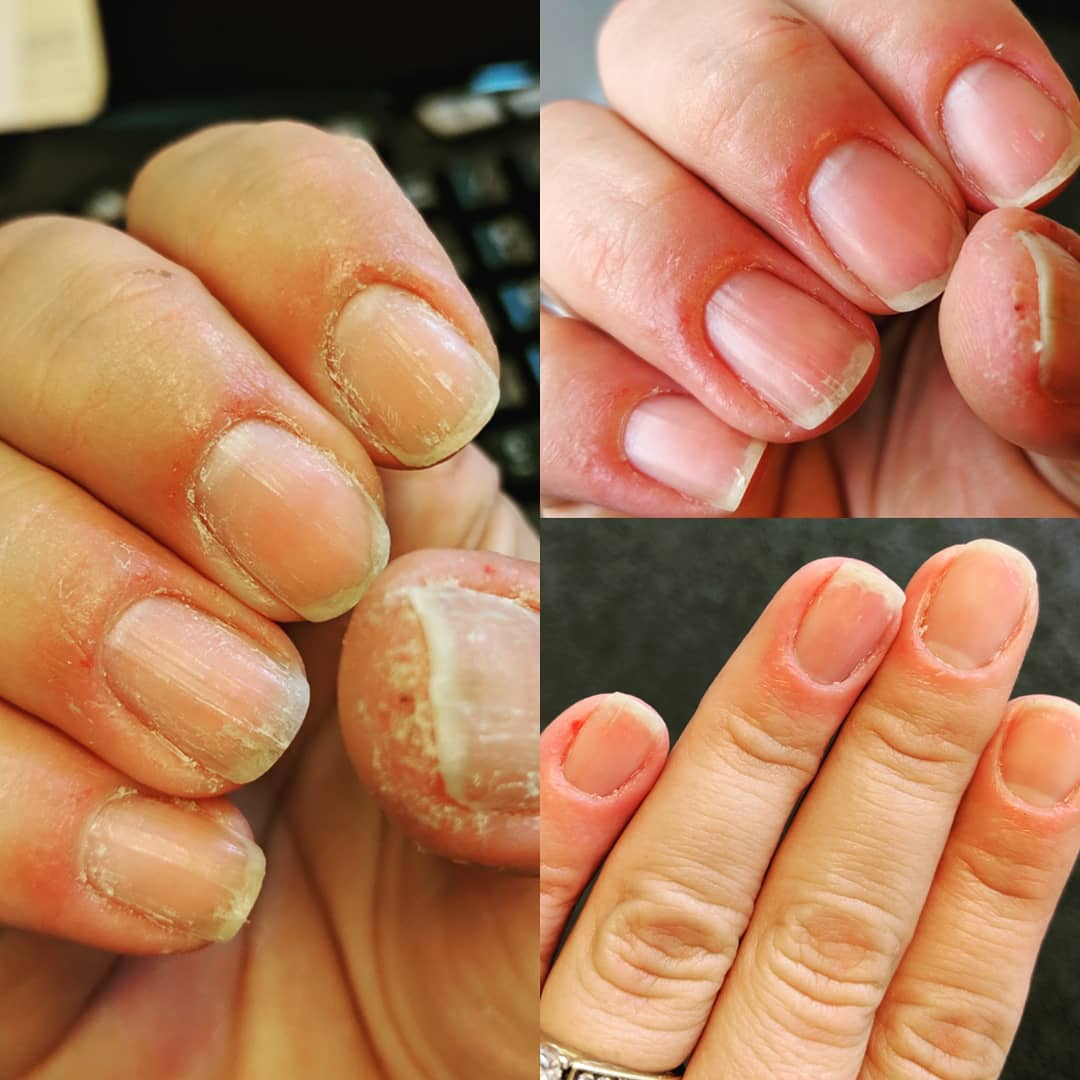
Untreatable razor bumps or acne?
If you have what feels like razor bumps or acne on the back of your neck or scalp, you may have acne keloidalis nuchae. Find out what can help.
Cosmetic treatments
-
Your safety
-
Age spots & dark marks
-
Cellulite & fat removal
-
Hair removal
-
Scars & stretch marks
-
Wrinkles
-
Younger-looking skin
Featured
Laser hair removal
You can expect permanent results in all but one area. Do you know which one?
Do you know which one?
Scar treatment
If you want to diminish a noticeable scar, know these 10 things before having laser treatment.
Botox
It can smooth out deep wrinkles and lines, but the results aren’t permanent. Here’s how long botox tends to last.
Public health programs
-
Skin cancer awareness
-
Free skin cancer screenings
-
Kids’ camp
-
Good Skin Knowledge
-
Shade Structure grants
-
Skin Cancer, Take a Hike!™
-
Awareness campaigns
-
Flyers & posters
-
Get involved
- Lesson plans and activities
- Community grants
Featured
Free materials to help raise skin cancer awareness
Use these professionally produced online infographics, posters, and videos to help others find and prevent skin cancer.
Dermatologist-approved lesson plans, activities you can use
Free to everyone, these materials teach young people about common skin conditions, which can prevent misunderstanding and bullying.
Find a dermatologist
-
Find a dermatologist
-
What is a dermatologist?
-
FAAD: What it means
-
How to select a dermatologist
-
Telemedicine appointments
-
Prior authorization
-
Dermatologists team up to improve patient care
Featured
Find a Dermatologist
You can search by location, condition, and procedure to find the dermatologist that’s right for you.
What is a dermatologist?
A dermatologist is a medical doctor who specializes in treating the skin, hair, and nails. Dermatologists care for people of all ages.
Nail Psoriasis: Picture, Symptoms, Treatment, Prevention
Written by Paula Ford-Martin
- Symptoms of Nail Psoriasis
- Prevention of Nail Psoriasis
- Treatments for Nail Psoriasis
If you have psoriasis and you notice some changes in your nails, there are many treatments you can turn to for help.
Nail psoriasis alters the way your toenails and fingernails look. They may get thick, develop pinprick holes and change color or shape. They also can feel tender and hurt.
You can treat these problems with medicine. Cosmetic repairs can make your nails look better.
You’ll know you’re getting nail psoriasis when you see these changes in your fingernails or toenails:
- Color.
 Your nails may turn white, yellow, or brown. They may also have small red or white spots underneath.
Your nails may turn white, yellow, or brown. They may also have small red or white spots underneath. Surface appearance
. You may get ridges or grooves in your nails, or pitting (small pinprick holes) on the nail surface.- Debris buildup. Chalky white material can gather under your nail, causing it to lift away from the skin. This can be painful.
- Thickening. About a third of people with nail psoriasis can also get a fungal infection that can cause your nails to get thick. They may also get brittle and break.
- Separation. Your nail may loosen or separate from the nail bed.
Some of these nail changes can make it hard to move your fingers and toes. You may also get tenderness and pain in your nails. This can make it hard to do things with your hands.
Good nail care is the best way to treat nail psoriasis. Try these prevention tips:
- Keep your nails trimmed short.

- Use a nail file to keep nail edges smooth.
- Wear gloves to clean and do other work with your hands.
- Moisturize your nails and cuticles every day and after they’ve been in contact with water.
- Wear comfortable shoes with enough room for your toes.
If you’re unhappy with the way your nails look, try nail varnish or artificial nails. They can also protect your nails from more damage. Some people are sensitive to the chemicals in varnish and nail adhesive. Talk to your doctor about whether these are right for you.
The same treatments you get for skin psoriasis can also treat your nail psoriasis. Because your nails grow slowly, it can take time before you see any improvements in the newly grown parts of your nail.
The treatments for nail psoriasis include:
- Phototherapy. Ultraviolet light is used to treat skin psoriasis and may also be useful in nail psoriasis. The treatments usually take place in a doctor’s office or a clinic.

- Medicines that work throughout your body. Your doctor may call these “systemic medications.” Some examples are:
- Acitretin (Soriatane)
- Apremilast (Otezla)
- Cyclosporine (Sandimmune)
- Methotrexate
- Drugs that target specific parts of your immune system. You may hear your doctor call these “biologics.” They are given by injection under the skin or through an IV. Some examples are:
- TNF-alpha inhibitors include
- Adalimumab (Humira)
- Certolizumab pegol (Cimzia)
- Etanercept (Enbrel)
- Etanercept-szzs (Erelzi)
- Infliximab (Remicade)
- Interleukin-17 inhibitors are:
- Brodalumab (Siliq)
- Ixekizumab (Taltz)
- Secukinumab (Cosentyx)
- Interleukin- 23 inhibitors include:
- Guselkumab (Tremfya)
- TIldrakizumab (Ilumya)
- Interleukin 12 and 23 inhibitor:
- Ustekinumab (Stelara)
- TNF-alpha inhibitors include
- Medicine you apply directly to your nails.
 Your doctor may call these “topical” drugs. For nail psoriasis, they may suggest a corticosteroid (such as clobetasol), vitamin D, or retinoid creams that you rub into your nail and cuticle every day.
Your doctor may call these “topical” drugs. For nail psoriasis, they may suggest a corticosteroid (such as clobetasol), vitamin D, or retinoid creams that you rub into your nail and cuticle every day.
If your nails are thick, the medicine you apply may have a hard time getting inside. Gels or ointments that contain urea can help thin them.
Your doctor may also prescribe a nail lacquer that hydrates and strengthens your nails. You apply it every day in the same way you put on nail polish.
- Corticosteroid injections. These are put under your nail surface every 2-9 months. Your doctor will numb the area or use a nerve block to reduce pain.
Top Picks
Today on WebMD
Recommended for You
symptoms, causes and treatments (Title)
Contents:
➦ Nail psoriasis symptoms
➦ How to distinguish nail psoriasis from a fungus
➦ Nail psoriasis treatment
➦ Home treatments for nail psoriasis
➦ Is there any prevention
Psoriasis is an autoimmune disease that causes red, scaly patches to appear on the skin. Since nails and skin are closely related, the process can easily move to the nail plate. Nail changes are seen in 35 percent of adults and children with psoriasis and about 80 percent of the population with psoriatic arthritis. The causes of psoriasis are often heredity and the impact of stress factors on the body. Varieties of nail psoriasis include leukonychia, onycholysis, onychomadesis, trachyonychia, paronychia, and onychogryphosis.
Since nails and skin are closely related, the process can easily move to the nail plate. Nail changes are seen in 35 percent of adults and children with psoriasis and about 80 percent of the population with psoriatic arthritis. The causes of psoriasis are often heredity and the impact of stress factors on the body. Varieties of nail psoriasis include leukonychia, onycholysis, onychomadesis, trachyonychia, paronychia, and onychogryphosis.
Symptoms of nail psoriasis
There are various symptoms of psoriasis, among which are the following.
Pitting
The nail plate is a hard surface made up of keratin cells that forms the upper part of the nails. The consequence of psoriasis is the loss of keratinocytes, which is fraught with the formation of depressions on the nails of the hands and feet – the thimble effect. The number and shape of depressions in nail psoriasis can be different. As a rule, their diameter does not exceed 0. 2 cm.
2 cm.
Separating the nail bed
The nail can separate from the nail bed leaving an empty space. This process is called onycholysis. Nail psoriasis can be recognized by noticing the presence of a white or yellow patch at the tip of the nail that eventually progresses to the cuticle. The space under the nail becomes vulnerable to the penetration of bacteria and the occurrence of an infectious process, followed by darkening of the nail.
Changes in the shape or thickness of the nail
In addition to depressions, the effect of psoriasis on the nails is to change the texture of the nail and form Beau’s lines (Beau-Reil’s furrows). The nail support structures are weakened, causing the nails to crumble. It is also possible to thicken the nail plate due to the addition of a fungal infection in psoriasis.
Discolored nails
Your nail color may change. A so-called oil spot may occur – a yellow-red spot on the nail bed, identical to a drop of oil under the nail plate.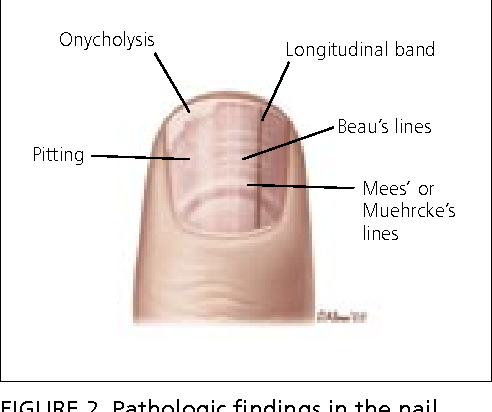 Psoriatic nails are crumbly and often white, and may also turn yellow-brown.
Psoriatic nails are crumbly and often white, and may also turn yellow-brown.
Other clinical signs
Manifestations of nail psoriasis include hemorrhages under the nail plate in the form of red, black, pink dots, which is called onychomadesis. Also, modified nail plates can grow into the skin, requiring surgical correction. Various changes in the nails in psoriasis may be accompanied by discomfort, itching, pain.
How to distinguish nail psoriasis from a fungus?
The symptoms of nail fungus and nail psoriasis are difficult to distinguish from each other, so it is important to pay attention to the details.
Nail fungus is characterized by darkening of the color of the nail bed, progression of plate deformation. Nails become brittle and dull with a pronounced unpleasant odor. Most often, nail fungus is localized on the toenails than on the nails of the hands and in the initial stage it manifests itself as a white spot on the nail plate.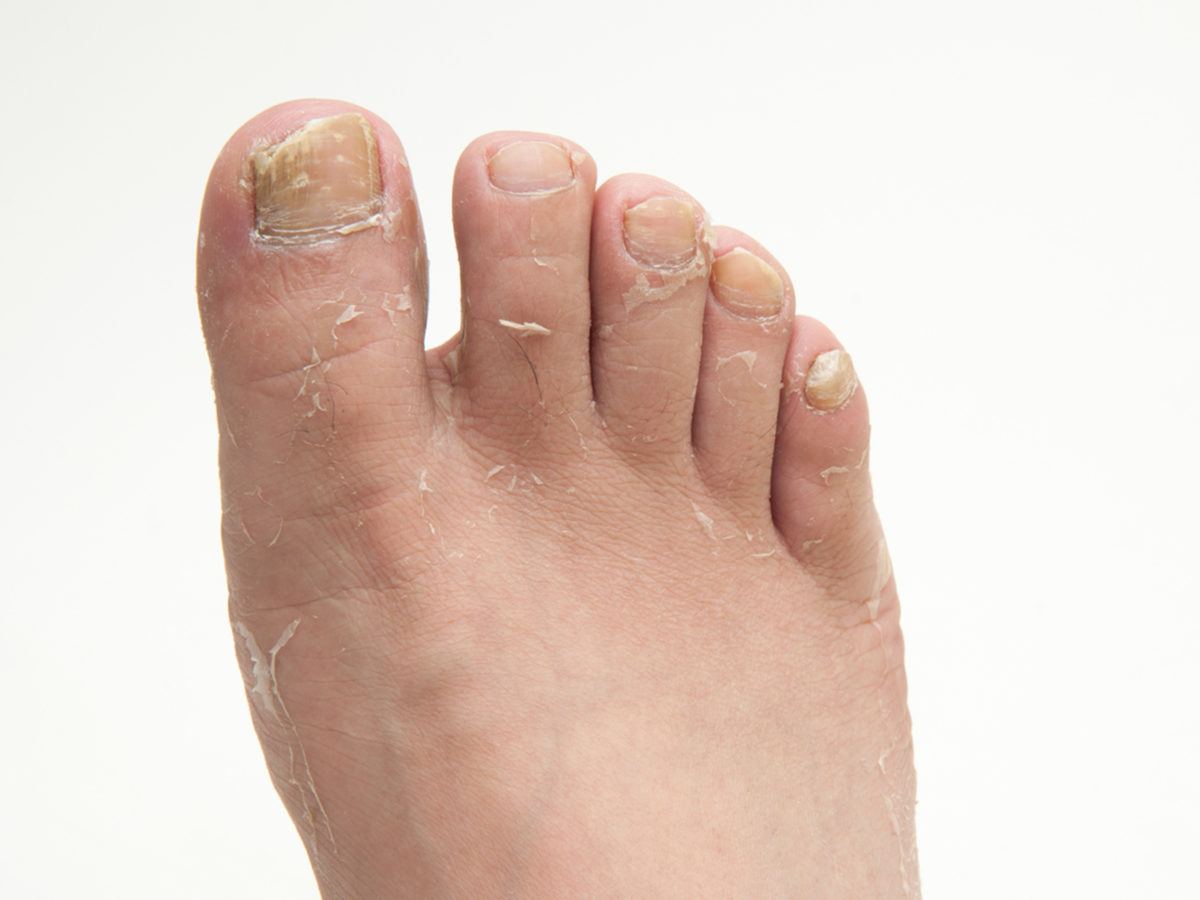
Psoriatic nails flake off the nail bed and infection may occur. Also, psoriasis is characterized by the formation of growths under the nail, due to which the nail rises, which can be accompanied by pain and itching. Nail plate psoriasis mostly occurs in people with generalized psoriasis and affects the fingernails more often than the toenails.
Treatment of nail psoriasis
Nail psoriasis is not an easy task, as the entire surface of the nail is affected. Therapy options include both internal and external agents.
Topical medications
The most common treatment for nail psoriasis is topical glucocorticosteroids. They are available as ointments, creams, emulsions, nail polishes. It is enough to apply funds once or twice a day to the nails affected by psoriasis. If you have symptoms such as thickening, deformity of the nails, separation of the nail bed, injections of corticosteroids will help.
To reduce inflammation and also slow down the production of excess skin cells, the following drugs are used:
➦ artificial versions of vitamin D: calcipotriene (Dovonex), calcipotriol (Calcitreme), calcitriol, which help to reduce the thickness of the nails and the accumulation of cells under them .
➦ Tazarotene (Tazorac) topical retinoid for nail discoloration and nail bed separation.
➦ Anti-inflammatory ointment Anthralina, which allows you to slow down the production of excess skin cells.
➦ Psorix range of dermatological products aimed at combating psoriasis. They normalize the state of microflora, enhance the barrier function of the epidermis, and are effective at all stages and types of psoriasis.
➦ A variety of moisturisers that can help relieve nail psoriasis but help reduce itching and redness.
Oral drugs
Systemic drugs such as methotrexate, cyclosporine, apremilast, and retinoids are used to treat moderate to severe nail psoriasis.
Etanercept (Enbrel), adalimumab (Humira), and infliximab (Remicade) are recommended to suppress the immune response that causes psoriasis. They are usually used when nail psoriasis does not respond to other treatments.
If a fungal infection has joined the nail psoriasis, oral antifungals (ketoconazole) are used.
Phototherapy
Phototherapy uses the sun’s ultraviolet (UV) rays to treat psoriasis-affected areas of the skin to help slow the growth of skin cells. The treatment for nail psoriasis is called PUVA. The procedure is as follows: you need to wet your hands or take a medicine called psoralen, after which the exposure to UVA rays will occur. This treatment will help get rid of flaking and discoloration of the nails.
Laser treatment
Pulsed dye laser (PDL) is used to stop nail psoriasis. It affects the blood vessels with a laser beam. Such treatment helps to reduce the activity of skin cells, normalize intracellular metabolism and has an immunosuppressive effect, which helps to prolong the duration of remission.
Home treatments for nail psoriasis
There are home treatments for psoriasis of the nails, but their use must be agreed with a dermatologist, otherwise it may accelerate the progression of the disease. The advantage of folk remedies is the effectiveness against the background of the absence of side effects. In addition, they can also be used as part of complex treatment.
The advantage of folk remedies is the effectiveness against the background of the absence of side effects. In addition, they can also be used as part of complex treatment.
The most popular folk remedies for getting rid of nail psoriasis include:
Laurel leaf decoction compresses . It is necessary to take 15-20 leaves, pour 1 liter of water, soak in a water bath for 30 minutes, strain and cool. Use for compresses for inflammation of the periungual tissues. It has an antiseptic and anti-inflammatory effect.
Salidol ointment. Pharmaceutical salidol mixed in equal parts with vaseline until smooth. Apply the resulting ointment to the affected areas of the nails 2-3 times a day for 3 weeks. It cleans well from dead tissues, prevents the development of complications.
Indigo naturalis is useful in the treatment of nail psoriasis. It is a Chinese herbal remedy derived from the same plant as the blue dye. Natural indigo extract in oil (Lindioil) has been proven to help hide nail psoriasis, normalize nail thickness and eliminate onycholysis.
Topical application of capsaicin, turmeric, dead sea salt, aloe vera, tar preparations can also relieve the symptoms of psoriasis.
Is there any prevention?
To help prevent the aggravation of psoriasis of the nails, the following recommendations will help:
- Trim your nails regularly to avoid tearing the nail from the bed, injuring yourself and avoiding the accumulation of dirt under the nail.
- Do not bite or pick your nails: various damage to the nail plate can cause an exacerbation of psoriasis, the so-called Koebner phenomenon.
- Wear protective gloves when playing sports or other physical activities to avoid injury.
- Keep nails clean to avoid infection.
- Use moisturizing hand creams to prevent cracked nails.
- Do not use hard nail files that can cause splitting of the nail plate.
- Proper nutrition and vitamin intake will help improve the condition of nails affected by psoriasis.

If you are interested in the topic of this article, express your opinion, ask questions or write a review.
References:
1. Yorulmaz A, Artuz F. A study of dermoscopic features of nail psoriasis. Adv Dermatol Allergol 2017; 34(1):28–35.
2. Langley RG, Krueger GG, Griffiths CE. Psoriasis: epidemiology, clinical features, and quality of life. Ann Rheum Dis 2005; 64(2): 18–23.
3. Rich P, Scher RK. Nail Psoriasis Severity Index: A useful tool for evaluation of nail psoriasis. J Am Acad Dermatol 2003; 49:206–12.
4. Zachariae R, Zachariae H, Blomqvist K, et al. Quality of life in 6497 Nordic patients with psoriasis. Br J Dermatol 2002; 146:1006–16.
5. De Arruda LH, De Moraes AP. The impact of psoriasis on quality of life. Br J Dermatol 2001; 144(58): 33–6.
6. Kreuger G, Koo J, Lebwohl M, et al. The impact of psoriasis on quality of life: results of a 1998 National Psoriasis Foundation patient-membership survey. Arch Dermatol 2001; 137:280–4.
Arch Dermatol 2001; 137:280–4.
7. De Jong EM, Seegers BA, Gulinck MK, et al. Psoriasis of the nails associated with disability in a large number of patients: results of a recent interview with 1728 patients. Dermatology 1996; 193:300–3.
8. Haneke E. Nail psoriasis: clinical features, pathogenesis, differential diagnoses, and management. Psoriasis: Targets and Therapy 2017; 7:51–63.
9. Rigopoulos D, Papanagiotou V, Daniel III R, et al. Onychomycosis in patients with nail psoriasis: a point to point discussion. Mycoses 2016; 1–5.
How to prevent dementia, cognitive disorders – Tamotsu
Swelling of the legs – why they appear and how to remove
Psoriasis in the practice of a podologist ✓ Author’s articles Clinics of podology Poljot in Moscow
- home
- Author’s articles
- Psoriasis in the practice of a podologist
Psoriasis is a systemic chronic disease of a non-infectious nature characterized by a predominant lesion of the skin, nail plates and joints.
Psoriasis is one of the most common skin diseases and occurs in 1–2% of the population in developed countries.
In the development of psoriasis, hereditary predisposition, dysfunctions of the immune, endocrine, nervous systems, adverse effects of environmental factors, etc. are important.
As a rule, psoriasis is manifested by the formation of red, raised above the surface of the skin, papules, covered with scales, which tend to merge with each other, forming plaques. Also, this disease is characterized by the Koebner phenomenon, which is manifested by the appearance of new foci after traumatization of certain areas of the skin.
Mechanism of the development of the disease : under the influence of provoking factors and against the background of hereditary predisposition, pathological mechanisms in the immune system are triggered, and T-lymphocyte cells, normally used by the body to fight infection, mistakenly act against healthy skin cells. Cytakines are released from the cells of the immune system and cause inflammation of skin cells, accelerating the process of skin cell division. With psoriasis, cell division occurs in 4-6 days, and normally – in 28 days. Dead skin cells accumulate on the surface of the skin and cause the formation of characteristic scaly plaques.
Cytakines are released from the cells of the immune system and cause inflammation of skin cells, accelerating the process of skin cell division. With psoriasis, cell division occurs in 4-6 days, and normally – in 28 days. Dead skin cells accumulate on the surface of the skin and cause the formation of characteristic scaly plaques.
Along with rashes on the skin of the trunk and scalp, approximately 7% of patients with psoriasis have nail lesions, with the most common changes in the surface of the nail in the form of dotted depressions resembling the surface of a thimble (“thimble” symptom). Quite often, under the nail plate near the periungual ridges or holes, you can see small, several millimeters in diameter, reddish and yellowish-brown spots (symptom of “oil spot”). Sometimes there is subungual hyperkeratosis with the development of onychogryphosis (a bird’s-claw lesion).
According to recent studies, psoriatic onychodystrophy is a predictor of psoriatic arthritis, which can lead to irreversible joint deformities and cause disability in patients.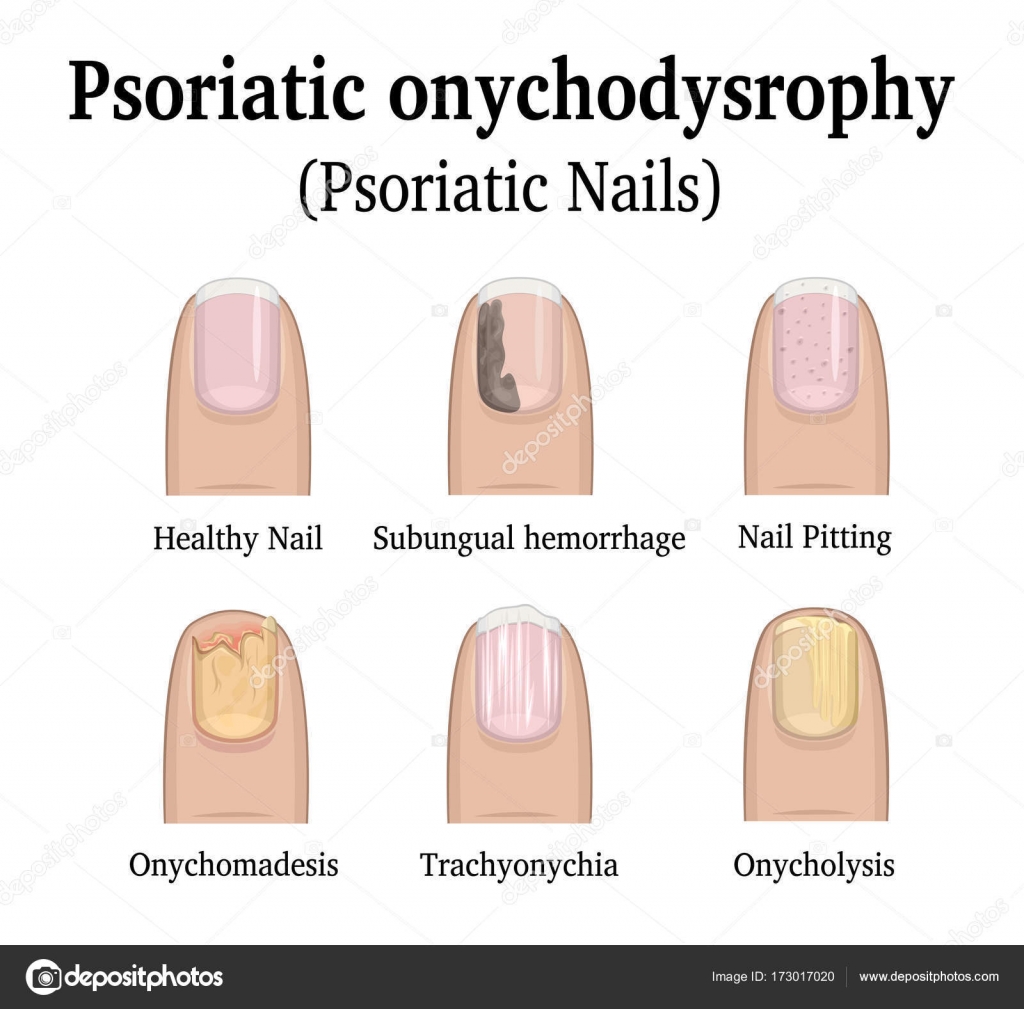 Therefore, it is necessary to conduct a comprehensive examination to identify early symptoms of joint damage.
Therefore, it is necessary to conduct a comprehensive examination to identify early symptoms of joint damage.
- Nails should be trimmed to a 1 mm free edge to prevent microtrauma and reduce the risk of fungal infection.
- A medical manicure and pedicure should be carried out by specialists who know the peculiarities of manipulating this disease: gentle treatment to avoid trauma to the side protective rollers. When processing the nail plates, it is recommended not to clean out the hyponychia in order not to provoke an exacerbation and the formation of papular elements in these places (Koebner’s symptom).
- During mechanical work or when working with harmful substances, including household chemicals, gloves should be used.
- Regular moisturizing of the hands and feet with special creams.
- Regular use of protective serums, oils and varnishes.
In case of psoriatic lesions of the nail plates, the most reliable way to achieve the result was and remains the observance of medical recommendations, respect for the nails, prevention of provocative effects of the external environment, and correct professional processing.

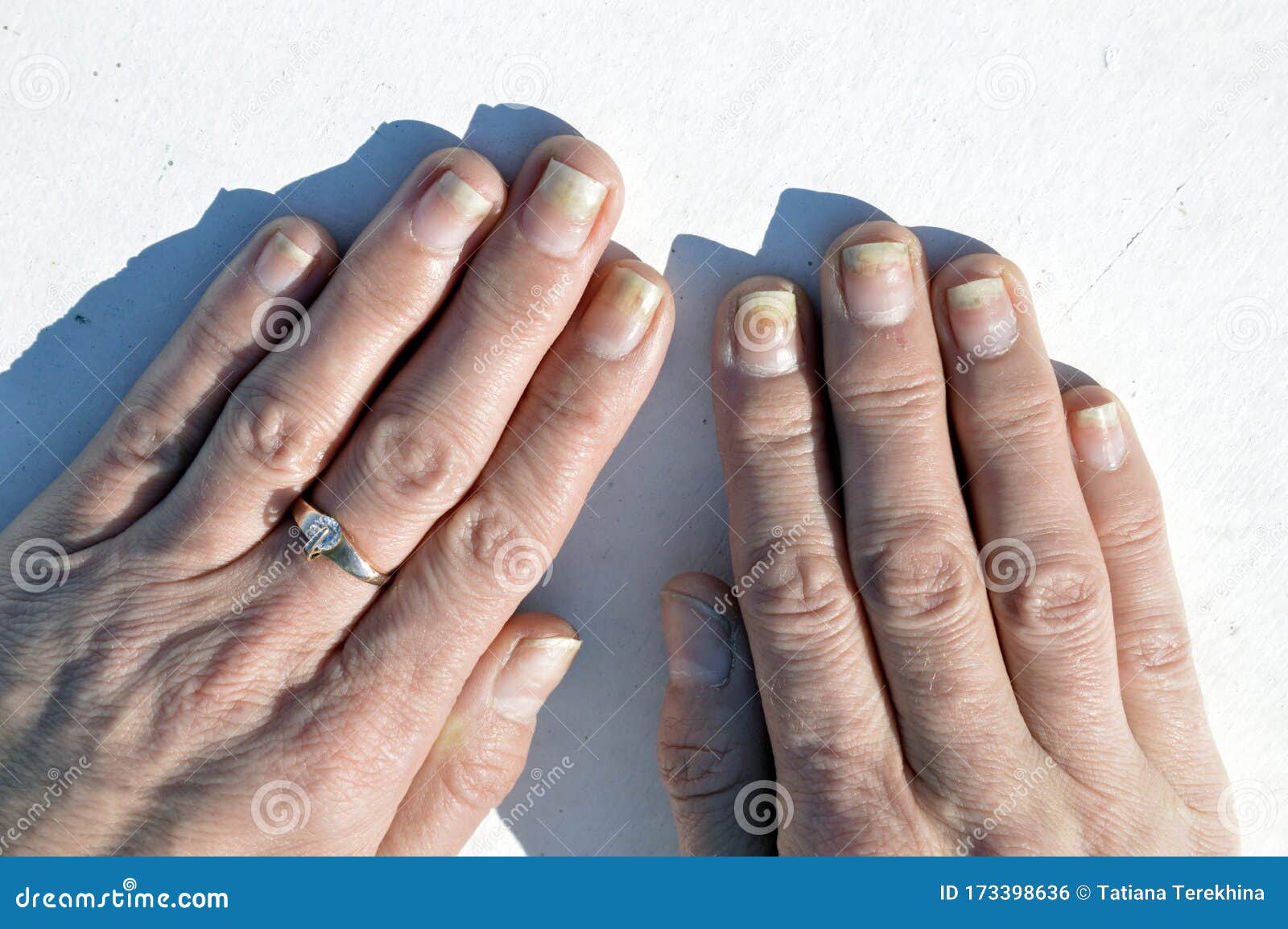 Your nails may turn white, yellow, or brown. They may also have small red or white spots underneath.
Your nails may turn white, yellow, or brown. They may also have small red or white spots underneath.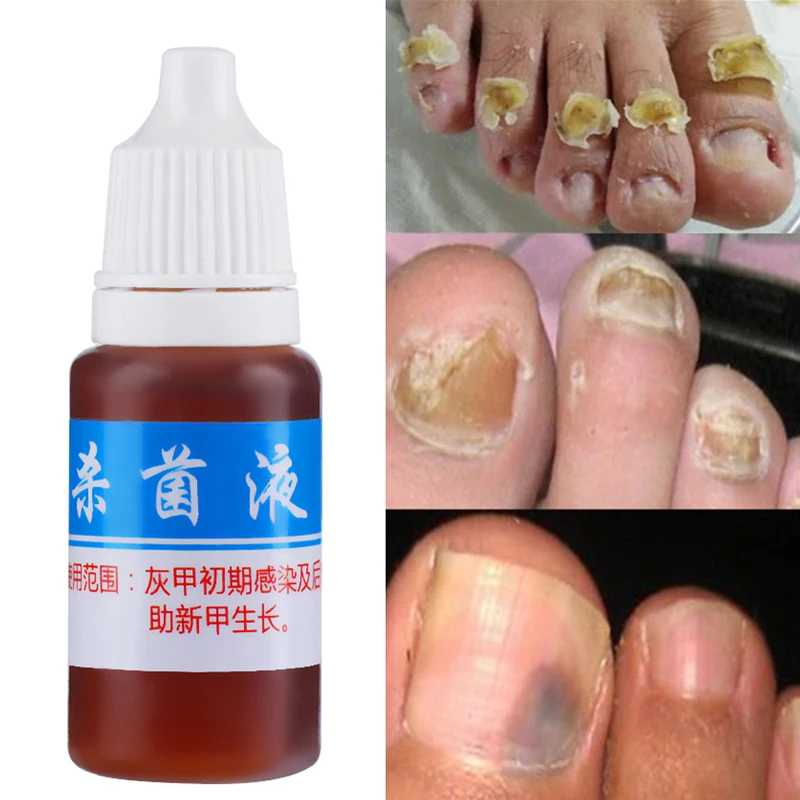
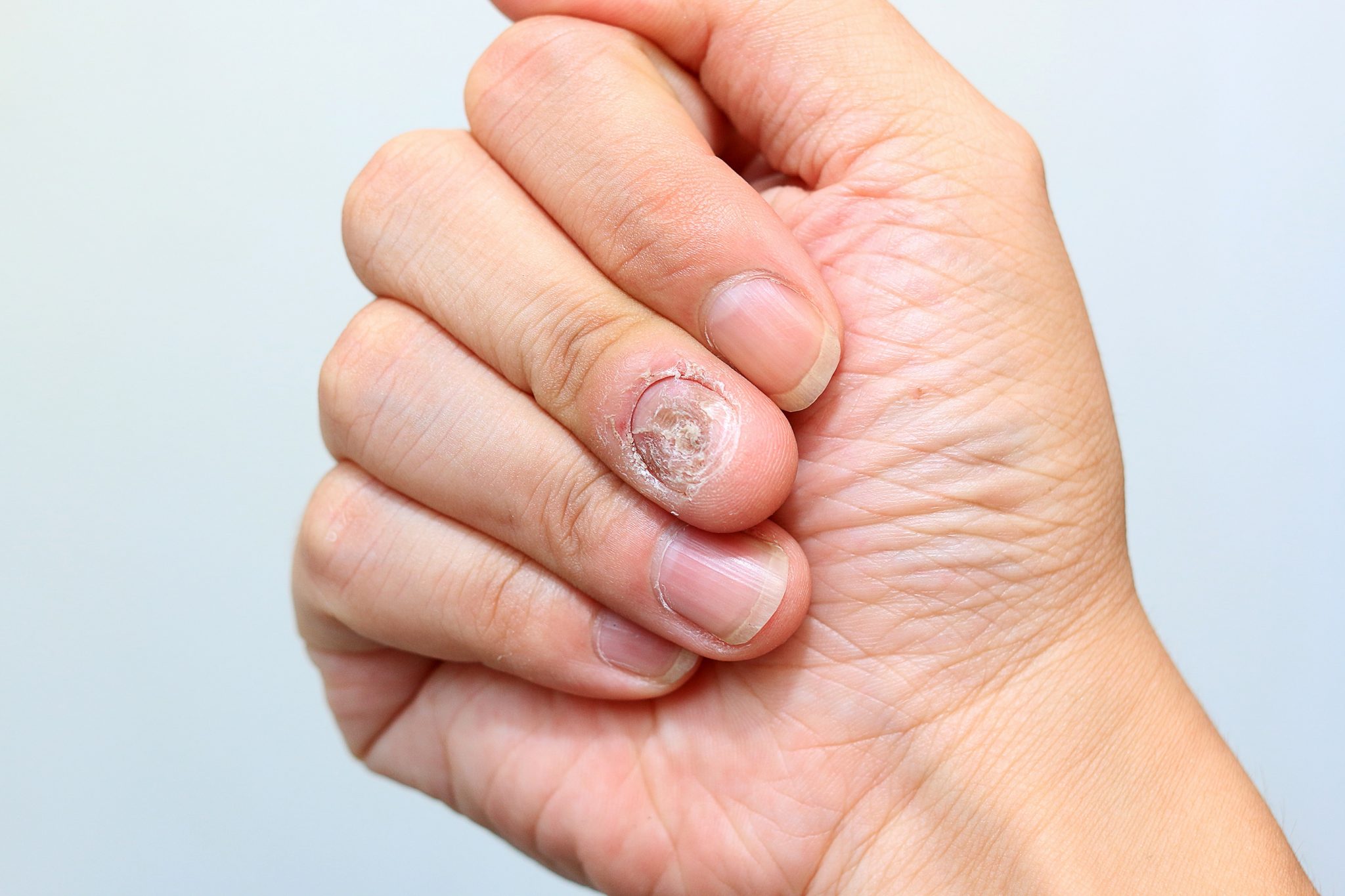
 Your doctor may call these “topical” drugs. For nail psoriasis, they may suggest a corticosteroid (such as clobetasol), vitamin D, or retinoid creams that you rub into your nail and cuticle every day.
Your doctor may call these “topical” drugs. For nail psoriasis, they may suggest a corticosteroid (such as clobetasol), vitamin D, or retinoid creams that you rub into your nail and cuticle every day.